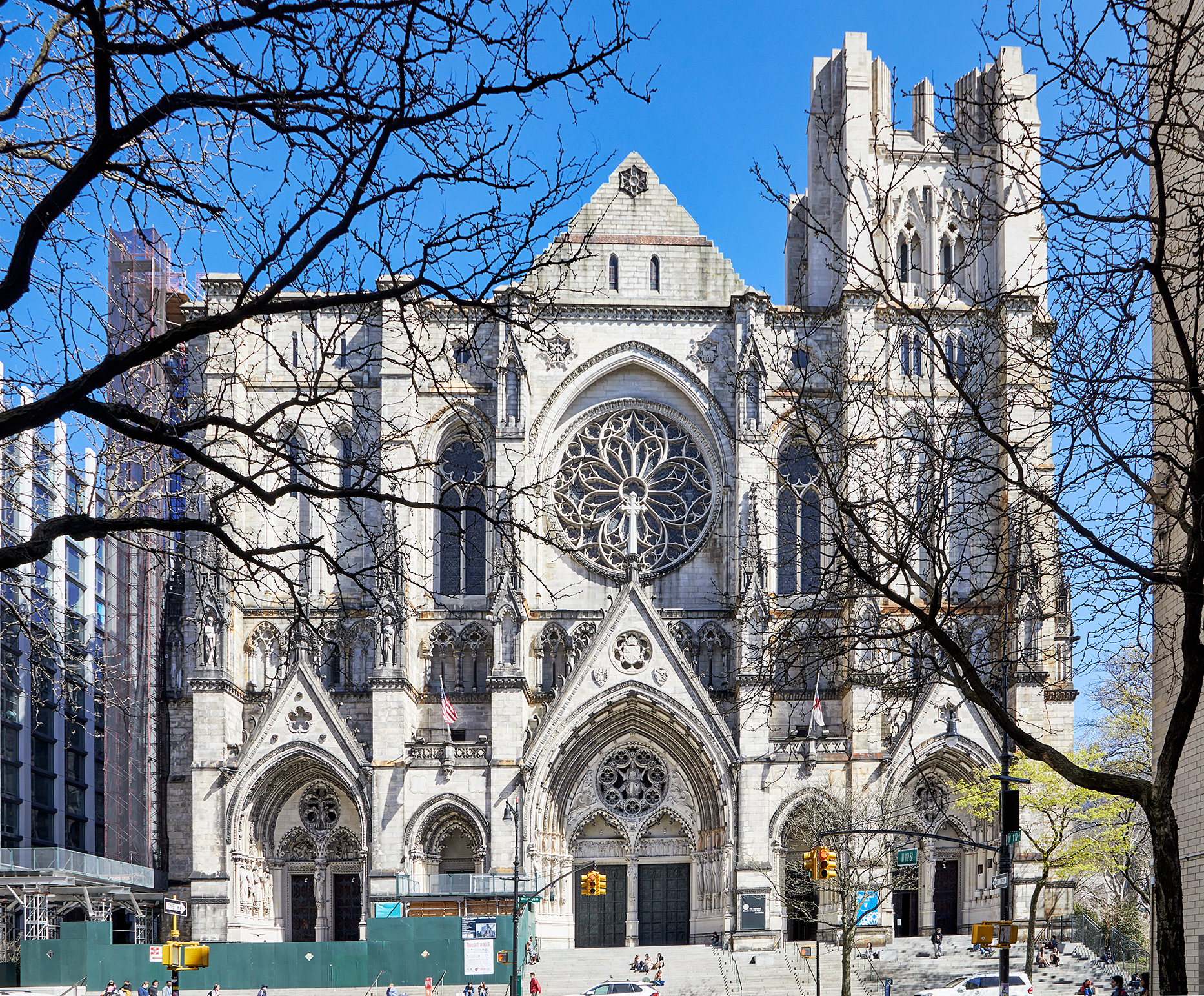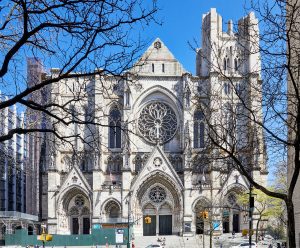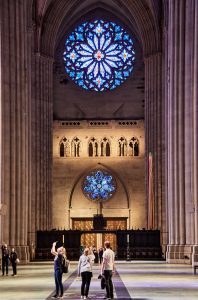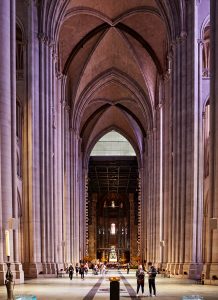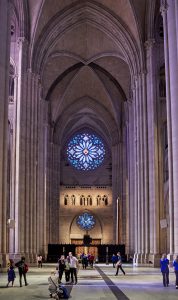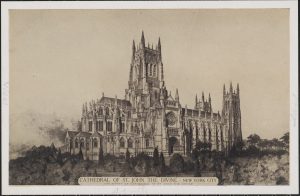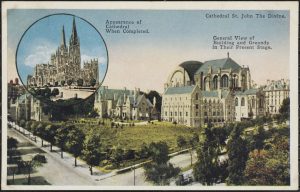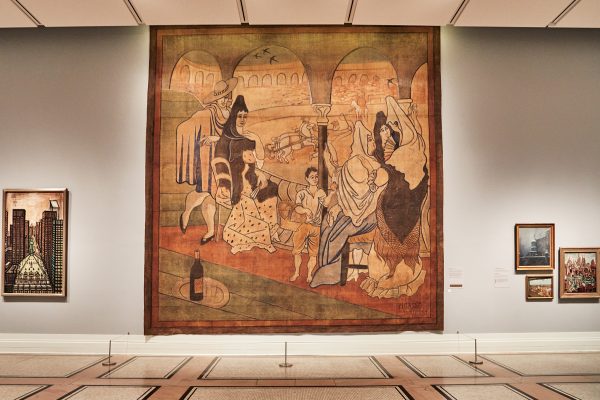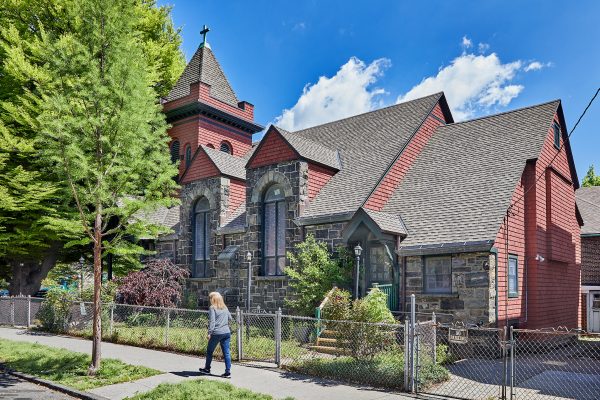Why is this building significant?
In 1891 Bishop Henry Codman Potter oversaw the purchase of the Morningside Heights site of the Leake and Watts Orphan Asylum to serve as the new home of the Cathedral Church of St. John the Divine. Through a widely publicized architectural competition, Heins & La Farge were selected to design the church and devised a grand scheme synthesizing Byzantine and Romanesque influences. Following the deaths of Potter as well as of George Lewis Heins and Christopher Grant LaFarge, the architect Ralph Adams Cram of the firm Cram & Ferguson redesigned the unfinished church employing a French Gothic vocabulary that integrated English Gothic elements. By 1942, when Cram died, the building was two-thirds complete. Despite work having only been executed intermittently since that time, the unfinished cathedral still ranks as the world’s sixth-largest church, with a length of 601 feet and a nave height of 177 feet.
What did the New York Landmarks Conservancy do?
We have awarded three grants totaling $45,000 for a conservation assessment to address leaking at a side chapel, replacement of triforium (side aisle) roofs, and the repair of one set of the cathedral’s monumental bronze doors.
Contemporary
Historic

